Who We Are
Geospatial data and analysis is critical for conservation, from planning to implementation and measuring success. Every day, mapping and spatial analysis are aiding conservation decisions, protected areas designation, habitat management on reserves and monitoring of wildlife populations, to name but a few examples. The Geospatial group focuses on all aspects of this field, from field surveys to remote sensing and data development/analysis to GIS systems.
How to Get Started
Want to learn more about how remote sensing is used in conservation? Check out the first two episodes of this season of Tech Tutors, where our Tutors answer the questions How do I use open source remote sensing data to monitor fishing? and How do I access and visualise open source remote sensing data in Google Earth Engine? You can also check out our Virtual Meetup Archive for a range of panels that overlap with Geospatial topics, or take a look at our Earth Observation 101 lecture series from Dr. Cristian Rossi.
Our Purpose
The WILDLABS Geospatial Group is for conservation practitioners, geospatial analysts, and academics that want to:
- Share geospatial resources, best practices, data, and ideas;
- Network amongst geospatial and data practitioners;
- Create peer learning opportunities;
- Promote the use of free and open-source geospatial software; and
- Improve the use of GIS software and geospatial analyses in conservation management and research.
Group curators
Over 35 years of experience in biodiversity conservation worldwide, largely focused on forests, rewilding and conservation technology. I run my own business assisting nonprofits and agencies in the conservation community



- 5 Resources
- 62 Discussions
- 12 Groups
- @ahmedjunaid
- | He/His
Zoologist, Ecologist, Herpetologist, Conservation Biologist





- 63 Resources
- 7 Discussions
- 26 Groups
Fauna & Flora
Remote Sensing Scientist, Conservation Technology & Nature Markets @ Fauna & Flora - WILDLABS Geospatial Group Co-Lead



- 34 Resources
- 28 Discussions
- 8 Groups
I am a dedicated professional with a bachelor of science in Wildlife management. I have extensive experience working in research as a Research Assistant and currently serve as a Human-Wildlife Conflict Mitigation Supervisor.


- 0 Resources
- 4 Discussions
- 5 Groups
GIS Developer
- 0 Resources
- 0 Discussions
- 2 Groups
- @Gathoni
- | Her/she
PhD Candidate at Nottingham Trent University, UK. Ecologist with a passion for wildlife conservation and conservation technology with foundational training in BSc and MSc Rangeland Management (Ecology option). Current project: Use of acoustics to monitor ecosystem restoration.

- 5 Resources
- 8 Discussions
- 8 Groups
Biologiste
- 0 Resources
- 0 Discussions
- 12 Groups
- @parlaynu
- | he/him
software engineer
- 0 Resources
- 0 Discussions
- 13 Groups
- 0 Resources
- 0 Discussions
- 11 Groups
- @miasjien
- | she/her
University of Canterbury & University of Pretoria
Marine predator ecologist using biologging, remote sensing to understand species movements and the effects on populations. Mainly working in the Southern Ocean and Antarctic currently.
- 0 Resources
- 0 Discussions
- 9 Groups
- @Arjun_Viswa
- | S
- 0 Resources
- 0 Discussions
- 27 Groups
Senior web developer and ML practitioner
- 0 Resources
- 0 Discussions
- 6 Groups
Greenhood Nepal
- 0 Resources
- 0 Discussions
- 5 Groups
I run a small consulting company, Simeone Consulting, LLC, that provides research, data-driven analysis, technical expertise, and writing related to the production, consumption, and international trade of natural resources.
- 0 Resources
- 4 Discussions
- 4 Groups
- @serena.le
- | she/her
Conservation tech enthusiast
- 0 Resources
- 0 Discussions
- 25 Groups
Link
A precise GPS Field App allowing capture of GPS-Photos and GPS-Polygons, powered by Wells for Zoë. The main goal of the App is to enable low-skilled users to capture highly accurate GPS-Data, via an easy sharing process.
21 February 2025
Excellent StoryMap by WCS illustrating results from a recent paper https://conbio.onlinelibrary.wiley.com/doi/10.1111/conl.13080. Main findings: analysis revealed that 17% of peatlands are protected globally—...
21 February 2025
An interesting review?
18 February 2025
Osa Conservation is launching our inaugural cohort of the ‘Susan Wojcicki Research Fellowship’ for 2025, worth up to $15,000 per awardee (award value dependent on project length and number of awards given each year)....
10 February 2025
https://doi.org/10.3390/rs16030583
3 February 2025
Link
rmacrostrat (R Package).
3 February 2025
climetrics (R package).
3 February 2025
https://www.nature.com/articles/s41559-023-02220-8
3 February 2025
Seeking an experienced GIS and Data Officer to oversee geospatial data collection, analysis, and management
31 January 2025
https://doi.org/10.1111/nph.20405
29 January 2025
June 2025
event
event
October 2025
event
November 2025
January 2024
December 2023
126 Products
Recently updated products
| Description | Activity | Replies | Groups | Updated |
|---|---|---|---|---|
| I am looking for collaborators and donors, or I am offering myself as a collaborator for a Uni / research organisation, for a research... |
|
Geospatial | 4 years ago | |
| Hi Remote Sensing & GIS folks, The Allen Coral Atlas is proud to announce three new mapping regions: Great Barrier Reef & Torres... |
|
Geospatial | 4 years 2 months ago | |
| Hi everyone, Another brilliant webinar series from SCGIS (Society for Conservation GIS) and CBI (Conservation Biology Institute) ... |
|
Geospatial | 4 years 2 months ago | |
| Wow, thanks for sharing, @ZoeLieb ! Great initiative and wonderful opportunity for people to contribute to the atlas. Good luck! |
|
Geospatial | 4 years 2 months ago | |
| Hi everyone! This is a heads up that the Society for Conservation GIS (SCGIS) and Conservation Biology Institute (CBI) are co-hosting a... |
|
Geospatial | 4 years 3 months ago | |
| Hi, Not exactly what you were looking for, but Public Lab have used balloons with cameras to map oil spills. This could be adapted to your purpose. You could... |
|
Geospatial | 4 years 4 months ago | |
| Just came across this newly released paper on using Google Earth Engine in conservation :) |
|
Geospatial | 4 years 5 months ago | |
| Hi Wildlabbers, Welcome back to Tech Tutors for season 2! This season's first episode featured Oceanmind's... |
|
Marine Conservation, Geospatial, Sustainable Fishing Challenges | 4 years 5 months ago | |
| Hi all! WILDLABS intern, Tatjana here. We're working on the second season of Tech Tutors, the webseries that... |
|
Geospatial | 4 years 7 months ago | |
| Webinar/training series: Remote Sensing for Mangroves in Support of the UN Sustainable Development Goals. This training focuses on mapping and monitoring mangroves and how it... |
|
Geospatial | 4 years 7 months ago | |
| Hello Nandini. I did something similar mapping carbon stocks of subsurface peat reserves in upland habitats in the UK. It was pretty basic though. Modelled the 3D volume of peat... |
|
Geospatial | 4 years 10 months ago | |
| There's an Esri webinar TODAY at 14:00 UTC Mapping to Save our Planet's Biodiversity with guest speakers including @... |
|
Geospatial | 5 years 1 month ago |
How do I get started with OpenCollar Edge Trackers?
27 October 2021 12:00am
The need for speed in Sea Turtle Telemetry
15 October 2021 12:00am
Winged microchip is smallest-ever human-made flying structure
24 September 2021 6:34pm
Allen Coral Atlas Completes First Global Coral Reef Maps
 Allen Coral Atlas
Allen Coral Atlas
22 September 2021 12:00am
Webinar: Dive Deeper into Planet Imagery Using Spectral Indices
 Planet
Planet
17 September 2021 12:00am
Open positions in geospatial analysis
18 August 2021 1:38pm
New Resource: Data Visualisation Tool for Animal Movement Data
18 August 2021 12:00am
Geo for Good Lightning Talks: Nature Conservation
 Google Earth Outreach
Google Earth Outreach
17 August 2021 12:00am
WILDLABS Tech Tutors: Season 3
6 July 2021 12:00am
Tech4Wildlife Leaders: Understanding Endangered Primate Populations
2 June 2021 12:00am
Mapping natural capital on global food trade
28 April 2021 9:41am
New Papers: Methods in Ecology and Evolution
23 April 2021 12:00am
Competition: Hack the Planet 2021
 The Commonwealth
The Commonwealth
23 April 2021 12:00am
New Papers: Remote Sensing in Ecology and Conservation
22 April 2021 12:00am
More mapping regions completed on Allen Coral Atlas!
17 March 2021 7:09pm
SCGIS-CBI 2021 Spring Webinar Series
6 March 2021 3:46pm
New Maps from Allen Coral Atlas
10 February 2021 7:24pm
6 March 2021 3:33pm
Wow, thanks for sharing, @ZoeLieb ! Great initiative and wonderful opportunity for people to contribute to the atlas. Good luck!
Using AIS Data to Investigate the World’s Fishing Ports
2 February 2021 12:00am
SCGIS New Year's Happy Hour Meetup
27 January 2021 10:12am
Event: Role of GIS in Ocean Conservation
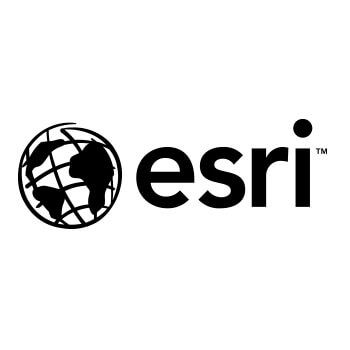 esri
esri
26 January 2021 12:00am
Drone Mapping for Algal Blooms?
14 March 2018 4:24am
19 December 2020 12:20am
Hi Ryan,
Great question. I think it depends on the water clarity and illumination of the water (solar angle can have a big impact on this). I was able to fly above the water and see down to about 2-3 meters below the water's surface down to the benthic algae in the Klamath River last summer. I was flying a Phantom 4 Pro.
Hope this helps!
Chippie
19 December 2020 1:05am
OK that opens up some doors. The mavic mini is a lot less expensive and can fly for 30 minutes at a time. The only question would be the camera on board and if it's got what you need for your work.
17 January 2021 2:39pm
Hi,
Not exactly what you were looking for, but Public Lab have used balloons with cameras to map oil spills. This could be adapted to your purpose. You could stick one of Ryan's cameras on it and livestream it 24/7.
Here is another old technology that doesn't get talked about.
I have also worked on an AUV, with the ultimate intent of coastal algal bloom detection. This doesn't map a bloom, rather it would report anomalous chlorophyl-a readings. This work is stalled due to lack of testing/development facilities. And money.
Thanks,
-harold
Press Release: BAS Giant Iceberg Mission
13 January 2021 12:00am
British Antarctic Survey: Monitoring Whales From Space
21 December 2020 12:00am
Announcing the 2020 Geospatial Conservation Annual Report
17 December 2020 12:00am
Tech Tutors: How do I access remote sensing data with Google Earth Engine?
10 December 2020 2:25pm
14 December 2020 7:58pm
Just came across this newly released paper on using Google Earth Engine in conservation :)
FIS Call for Expressions of Interest (closed)
8 December 2020 12:00am
Tech Tutors: How do I use open access remote sensing data to monitor fishing?
2 December 2020 9:12pm
Making the Most of Tech Tutors Season 2!
30 November 2020 12:00am
WILDLABS Tech Tutors: Season Two
24 November 2020 12:00am
How do I use open access remote sensing data to monitor fishing?
24 November 2020 12:00am


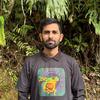
















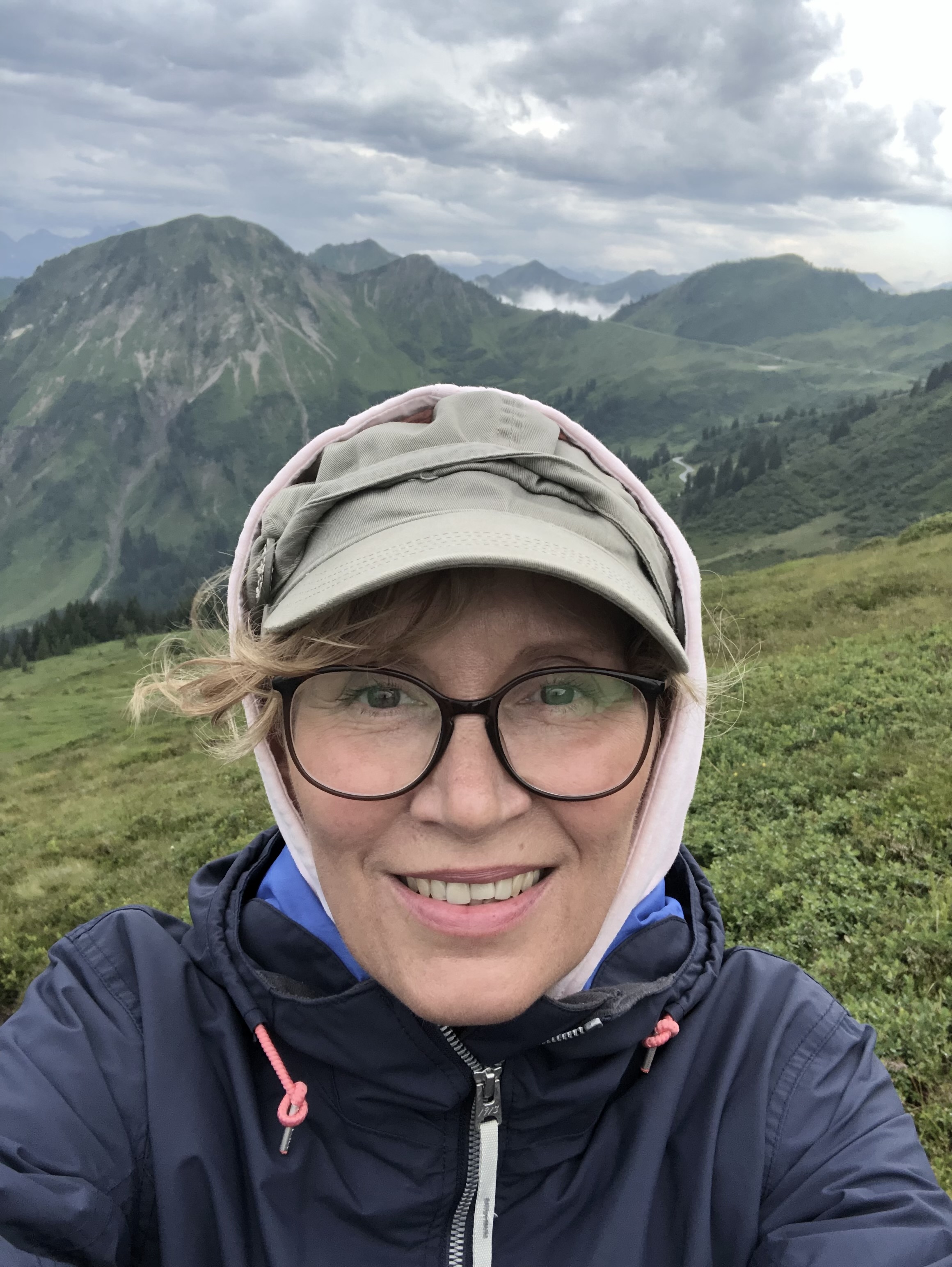


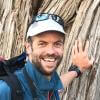







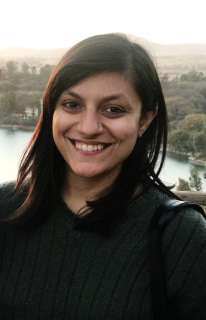







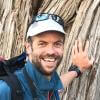
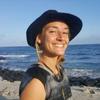
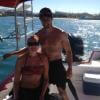






25 September 2021 2:56am
I think it looks like a really interesting technology, but it's still in the realm of research and academia. They're correct in that it demonstrates device miniaturization and they look like they're pushing the boundaries of printed circuit board sizes. Also the point of these devices seems to be to demonstrate that it's possible to make electronics capable of unpowered flight.
On the practical side, I'd say the devices are more of a proof of concept. The electronics in a system can usually be made very light, but all your weight and size will come in the batteries and then the enclosure. You can achieve something very similar by using a technology called flex/rigid PCBs which are already commercially available and can be custom ordered online. These are commercially fabricated circuit boards, typically used in mobile phones, that have a rigid part where the ICs would be mounted and a flexible part for interconnect, wiring, or mounting discrete components like resistors and capacitors. You'd be able to make these very light since they use a very thin polyimide (high temperature plastic) substrate and you can fabricate in the same winged form factor as what the researchers used. It'd be interesting to see if they make the mechanical files available to others.
Akiba